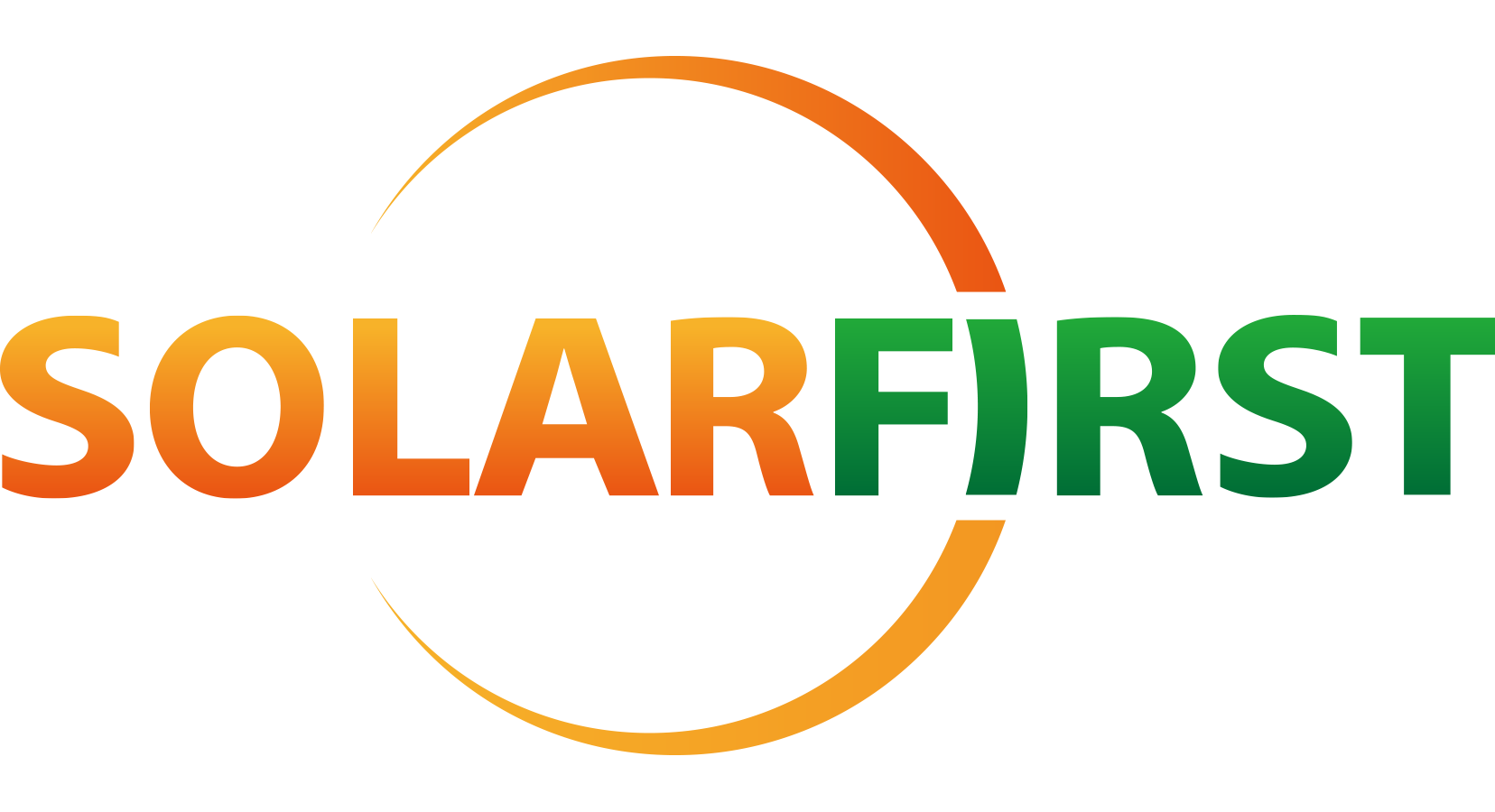Tel: +86 592 5211 388 / Email: info@esolarfirst.com
Maximize Energy Efficiency with Wind-Solar Hybrid Off-Grid Systems
Release time:
Aug 27,2025
A wind-solar hybrid off-grid system integrates wind turbines and solar panels to harness renewable energy from two distinct sources. This synergy allows for a more consistent energy supply, as solar energy production peaks during sunny days, while wind energy can be harvested during stormy or overcast conditions. By utilizing both sources, users can minimize the intermittent nature of renewable energy, creating a more stable power supply throughout the year.
The components of a wind-solar hybrid off-grid system typically include solar panels, wind turbines, batteries for energy storage, an inverter, and a charge controller. Solar panels capture sunlight and convert it into electricity, while wind turbines harness wind energy. The generated electricity is stored in batteries, ensuring a steady supply of power, even when the sun isn't shining or the wind isn't blowing. An inverter then converts the stored DC (direct current) energy into AC (alternating current) for household use.
One of the primary benefits of a wind-solar hybrid off-grid system is its reduced reliance on fossil fuels, contributing to a decrease in greenhouse gas emissions. By using clean, renewable energy sources, individuals and businesses can significantly lower their carbon footprint while also taking advantage of potential long-term cost savings. Although the initial setup cost may be higher than traditional energy sources, the operational savings and reduced energy bills can lead to a positive return on investment over time.
Moreover, these systems can be tailored to meet various energy needs, making them versatile solutions for residential, commercial, and agricultural applications. In remote locations, where traditional energy infrastructure is either unavailable or too costly to install, a wind-solar hybrid off-grid system can provide a reliable energy source for lighting, appliances, and machinery.
In conclusion, adopting a wind-solar hybrid off-grid system offers numerous benefits, including enhanced energy reliability, reduced environmental impact, and long-term cost savings. With the potential for customization and adaptability, these systems represent a promising avenue for those seeking to embrace renewable energy solutions while ensuring energy independence. By understanding their components and advantages, users can make informed decisions about their energy needs and contribute to a more sustainable future.
Solar First Energy Technology
Performance & Innovation, Customer Focus, Respect Nature & Love Human, Spirit of Contract
CONTACT INFORMATION
Add: 23rd Floor, Building F14, Software Park Phase III, Jimei District, Xiamen, China
Tel: +86 592 5211 388
Mobile: +86 189 5920 8686
Email: info@esolarfirst.com

OFFICIAL WECHAT
All Rights Reserved © 2024 Solar First Energy Technology Co., Ltd.
Cookie
Our website uses cookies and similar technologies to personalize the advertising shown to you and to help you get the best experience on our website. For more information, see our Privacy & Cookie Policy
Cookie
Our website uses cookies and similar technologies to personalize the advertising shown to you and to help you get the best experience on our website. For more information, see our Privacy & Cookie Policy
These cookies are necessary for basic functions such as payment. Standard cookies cannot be turned off and do not store any of your information.
These cookies collect information, such as how many people are using our site or which pages are popular, to help us improve the customer experience. Turning these cookies off will mean we can't collect information to improve your experience.
These cookies enable the website to provide enhanced functionality and personalization. They may be set by us or by third-party providers whose services we have added to our pages. If you do not allow these cookies, some or all of these services may not function properly.
These cookies help us understand what you are interested in so that we can show you relevant advertising on other websites. Turning these cookies off will mean we are unable to show you any personalized advertising.

